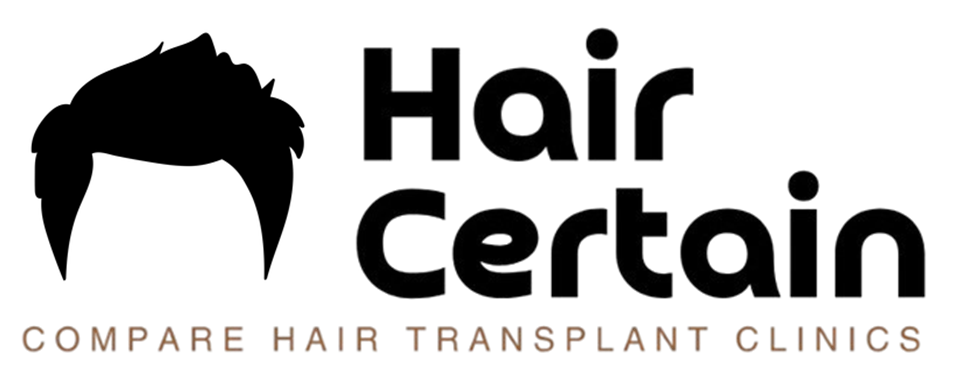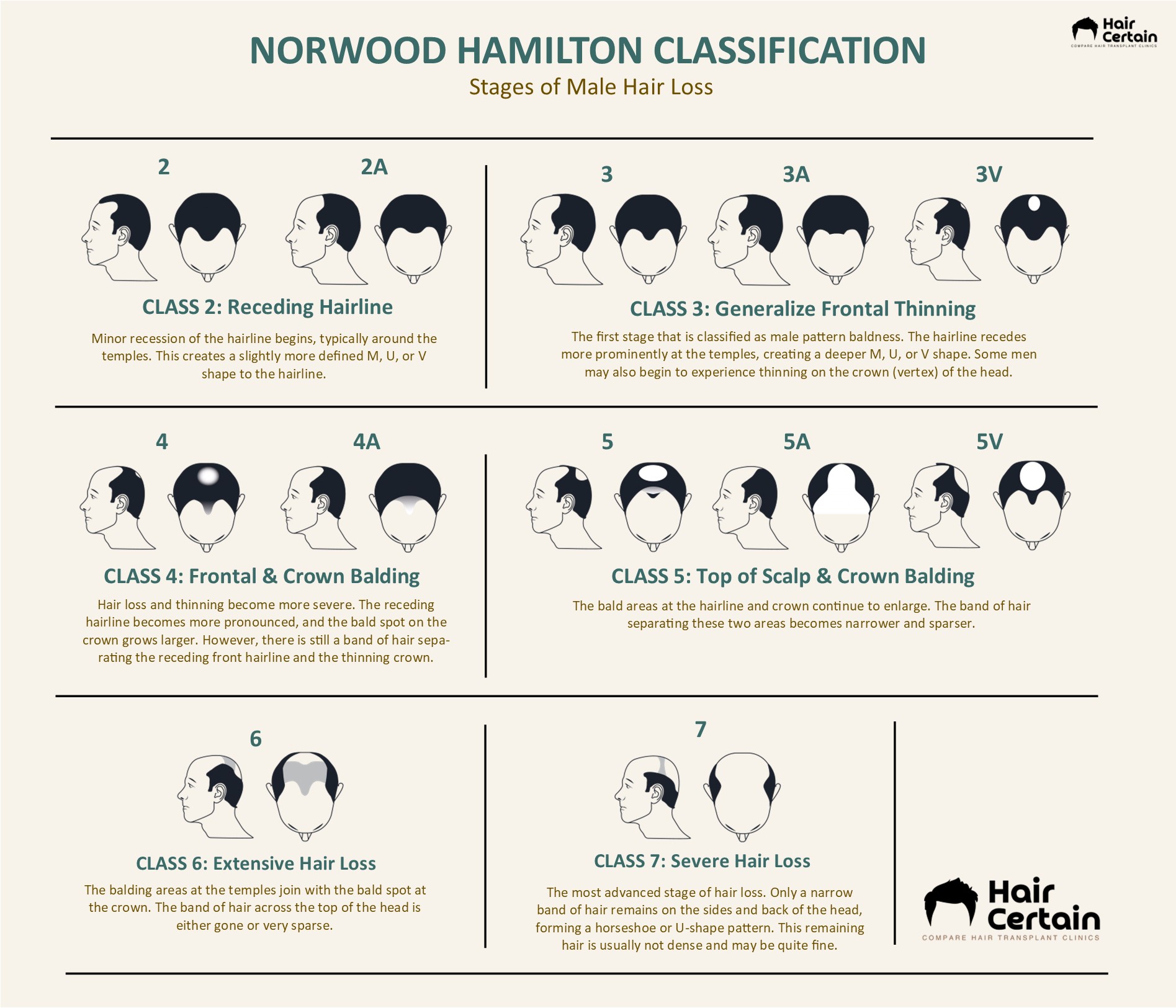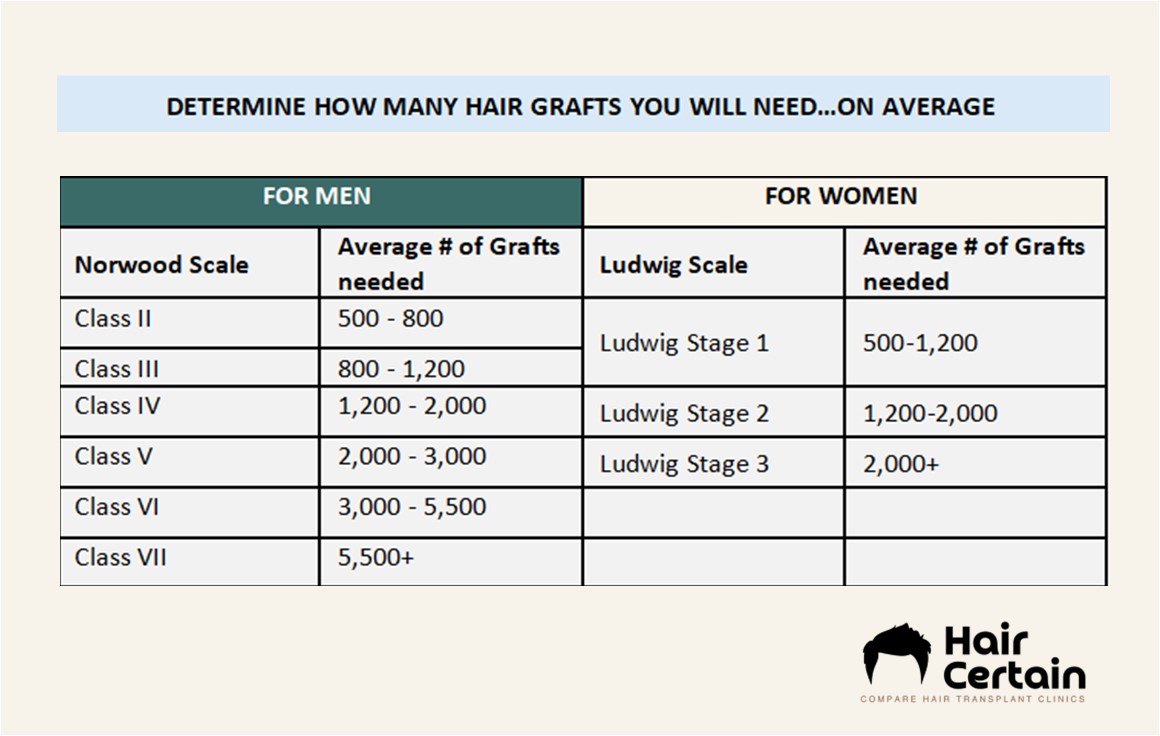Notice: Function Elementor\Controls_Manager::add_control_to_stack was called incorrectly. Cannot redeclare control with same name "eael_image_masking_upload_pro_message". Please see Debugging in WordPress for more information. (This message was added in version 1.0.0.) in /homepages/15/d106766249/htdocs/HairCertain-Canada/HTML/wp-includes/functions.php on line 6121
Notice: Function Elementor\Controls_Manager::add_control_to_stack was called incorrectly. Cannot redeclare control with same name "eael_image_masking_upload_pro_message". Please see Debugging in WordPress for more information. (This message was added in version 1.0.0.) in /homepages/15/d106766249/htdocs/HairCertain-Canada/HTML/wp-includes/functions.php on line 6121
Financing Options for Hair Transplants in Canada
Is there Hair Transplant Financing in Canada?
Yes, hair transplant financing is offered by several clinics across Canada to help make hair transplants more accessible. For many individuals, financing a surgical hair restoration procedure has been a hurdle that frequently stops them from making the decision to move forward. Clinics typically offer 2 types of financing options:
- Flexible Payment Plans: Some clinics offer flexible payment plans that help spread the cost over time. These payment plans can be weekly or monthly over a certain period of time in order to help make the cost of hair transplant procedures more affordable. Each clinic will have their own program so ask each about their details.
- Private Loans: Some clinics also partner with financial institutions to provide cosmetic surgery loans. Private banks also offer personal loans, although that process may be more cumbersome.
Below we highlight and summarize 5 private loan companies in Canada that offer loans for Hair Transplant procedures. It’s advisable to inquire about financing options during the consultation phase to learn more about how you can easily and conveniently pay for your hair transplant.
Guide to hair transplant financing in Canada
- Hair Certain Canada
- 7 minutes
Table of Contents
Notice: Function Elementor\Controls_Manager::add_control_to_stack was called incorrectly. Cannot redeclare control with same name "eael_image_masking_upload_pro_message". Please see Debugging in WordPress for more information. (This message was added in version 1.0.0.) in /homepages/15/d106766249/htdocs/HairCertain-Canada/HTML/wp-includes/functions.php on line 6121
Notice: Function Elementor\Controls_Manager::add_control_to_stack was called incorrectly. Cannot redeclare control with same name "eael_image_masking_upload_pro_message". Please see Debugging in WordPress for more information. (This message was added in version 1.0.0.) in /homepages/15/d106766249/htdocs/HairCertain-Canada/HTML/wp-includes/functions.php on line 6121
Should I Finance A Hair Transplant?
Using finance to pay for a hair transplant has a number of benefits. For some, it can allow to have the treatment you wish with no delay, as you will not have a major cash outlay and will be able to spread the cost over time. An $8000 invoice looks a lot more manageable when you instead pay $200 per month over a certain period of time.
Each financing company has their own interest rates and payment scheduls. Please contact each directly to know what amount you are approved for.
Benefits of using a Clinic's payment plan
The benefits of using a clinic’s payement plan to pay for your hair transplant include:
- Potentially lower costs: Many clinics do not charge interest on their plan.
- Simplified process: Dealing directly with the clinic for both the procedure and financing can streamline the overall experience.
- Flexibility: Clinics may offer more flexible payment terms that align with their specific procedures and post-operative care.
- No middleman: Direct financing through the clinic eliminates the need for a third-party company, potentially reducing additional fees or complications.
- No Credit history: Not taking out a loan from a 3rd party means it will not impact your credit history, networth, etc.
So what are the disadvantages of using a clinic’s payement plan?
- Clinics typically cannot provide longer payment terms than 3rd party financing companies. Their average is between 6 months and 18 months. So if you are looking to spread payments over the course of years, then you should seek 3rd party financing.
- Clinics can only offer payment plans on the procedure you are buying from them. Instead, obtaining a loan from a 3rd party financing company means you can use the funds to pay for any treatment at any clinic. (some restricts apply)
- Only a handful of clinics actually offer longer term payment plans. Most partner with 3rd party financing companies to offer such benefits to patients. Do not select your clinic based on whether they offer long term payment plans. If they do not, simply contact a 3rd party option as described below.
Benefits of using a 3rd party financing company
Using a third-party financing company for a hair transplant offers several benefits:
- Flexible payment plans: Companies offer various repayment terms, typically ranging from 6 to 60 months, allowing patients to choose a plan that fits their budget
- Competitive interest rates: Not all companies offer the same value. The more reputable ones offer competitive interest rates.
- Quick approval process: Many third-party lenders offer fast online applications with decisions often provided within minutes
- Higher loan amounts: Personal loans from these companies can often cover the full cost of the hair transplant procedure, with some offering as much as $40,000
- Credit building: Timely payments on a personal loan can help improve your credit score
Using third-party financing for a hair transplant can come with several potential risks as well:
- High costs: Third-party financing often involves higher interest rates than you could otherwise get from a bank loan. Be aware of lenders that offer rates similar to or higher than credit card rates. These lenders are to be avoided.
- Impact on credit score: Taking on debt for a hair transplant may affect your credit score, particularly if you struggle to make payments
- Hidden fees: Some financing options may have hidden fees or penalties for late payments, which can add to the financial burden
- Limited flexibility: Some financing options may have strict repayment terms with little room for adjustment if your financial situation changes
Best Personal Loan Companies for Hair Transplants in Canada
- Beautifi
- Medicard
- Spring Financial
- Fig Financial
- Credit Medical
- Fairstone
- Lendcare
Established in 2021, Beautifi helps people finance elective cosmetic procedures so that anyone can be the best version of themselves. We pride ourselves on providing exceptional experiences and are dedicated to quality across every touchpoint. Provides instant financing solutions ranging from $1,000 to $50,000+, with flexible terms ranging between 6 months and six years.
- 100% Online
- No collateral or down payments
- Payment terms range from 6 months to 6 years
- Instant approval won’t affect your credit score
- No early payment penalties
- $1000 to $50,000 in financing
- APR is typically 12% to 30% depending on terms
Established in 1996, Medicard is a division of iFinance Canada. It manages over $2 billion in processed loans, over 100,000 applications annually and more than 10,000 affiliated service providers.
- No collateral or down payments
- Payment terms range from 12 to 72 months
- Instant approval won’t affect your credit score
- No early payment penalties
- $500 to $40,000 in financing
- APR start at 7.95% and depend on terms
Since their launch in 2014, Spring Financial has become one of the largest fintech companies in Canada with over a million applicants and 250,000 product originations.
- No collateral or down payments
- Payment terms range from 6 to 60 months
- Instant approval won’t affect your credit score
- No early payment penalties
- Up to $35,000 in financing
- APR as low as 10.8% depending on terms
With over 13,000 customers, Fig is a unique company backed by Fairstone Bank and Koru, a groundbreaking venture studio owned by Ontario Teachers’ Pension Plan. Fairstone has almost 100 years of lending experience allowing Fig to combine the best of both worlds.
- No collateral or down payments
- Payment terms range up to 60 months
- Instant rate verification
- No early payment penalties
- Up to $35,000 in financing
- APR as low as 10.8%, depending on terms
Established in 2001, Credit Medical is one of North America’s oldest and most trusted private lenders, providing flexible and affordable term loans to patients undergoing surgical, non-surgical, and minimally-invasive medical procedures and treatments.
- No collateral or down payments
- Payment terms range up to 60 months
- Instant rate verification
- No early payment penalties
- Up to $20,000 in financing
- Rates depend on credit score and terms
Fairstone has almost 100 years of experience in lending and is committed to providing responsible lending solutions. Fairstone offers secured and unsecured personal loan options up to $60,000 online or at one of our 250+ branches across Canada.
- No collateral or down payments
- Payment terms range up to 84 months
- Quick 24 hour verification
- No early payment penalties
- Up to $60,000 in financing
- Start from 19.99% on a secured personal loan and 26.99% on an unsecured personal loan.
LendCare, a subsidiary of goEasy, was formed in 2004 and offers flexible financing solutions with terms of up to 5-years. • Loan amounts range from $500 - $15,000, amortization between 12-60 months and interest rates between 14.99% - 29.9%
- No collateral or down payments
- Payment terms range up to 60 months
- Instant verification
- No early payment penalties
- Up to $15,000 in financing
- Interest is between 14.99% and 29.9%
Frequency Asked Questions
Financing hair transplants in Canada
Typical requirements include being a Canadian citizen, at least 20 years old, having a minimum monthly income of $2,000, and an active Canadian bank account
Yes, most lenders will provide loans even to those with bad credit. However, the interest rates will be much higher and terms may be more rigid.
Many online lenders offer quick application processing, with decisions often provided instantly or within minutes or up to one business day.
Most lenders do not charge fees for applying for a medical loan. If one does, it is recommended that you seek other alternatives. There are many options available.
Repayment terms generally range from 6 to 72 months, depending on the lender and the loan amount. Most lenders allow you to pay off the loan early without any penalties.
Banks have longer processing times, ask for more information and typically are more difficult to get an approval from. However, their interest rates will be lower than 3rd party financing companies.
Financing companies provide a service focused on speed, convenience, easy of payments, flexible terms, and easy approvals. The costs for this is a higher interest rate than banks.















